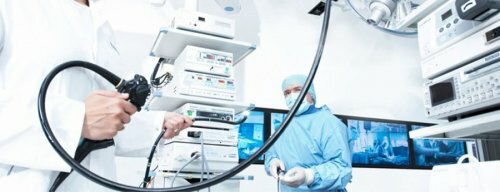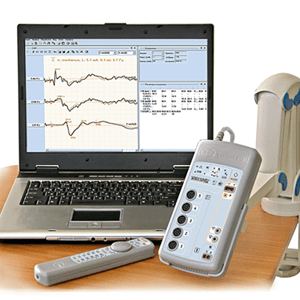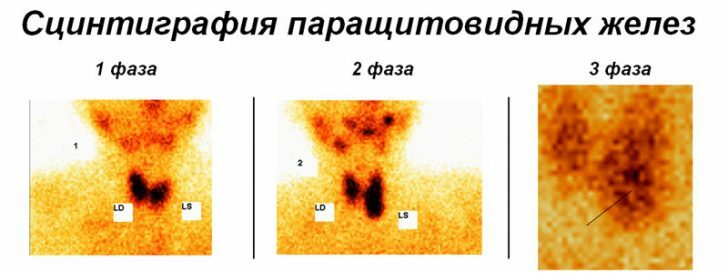Cytological examination of smears
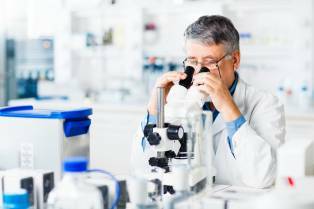
Carrying out a cytological study involves examining cellular structures through microscopy.The material is a smear.Microscopy allows us to identify the morphology of cells, as well as the composition of cells of biological fluids and tissues.
The purpose of this promising laboratory study is to confirm or disprove the diagnosis of an oncological tumor or neoplastic neoplasms.
Now this type of diagnostics is widely used in medicine and practical biology.
This technique makes it possible for forensic doctors to detect fragments of biological tissues on a variety of subjects of inorganic origin.
Contents: What is the difference between cytological and histological studies?When is a cytology required?What material is used for cytological research?Reliability of cytological researchWhat is the difference between cytological and histological studies?
Important: Obtaining the object of research for "cytology" is associated with less traumatism.
When analyzing tissues "for histology," the fence is taken during a biopsy, after which tissue sections are studied.In the course of the cytological analysis, only the cellular structures themselves are examined.
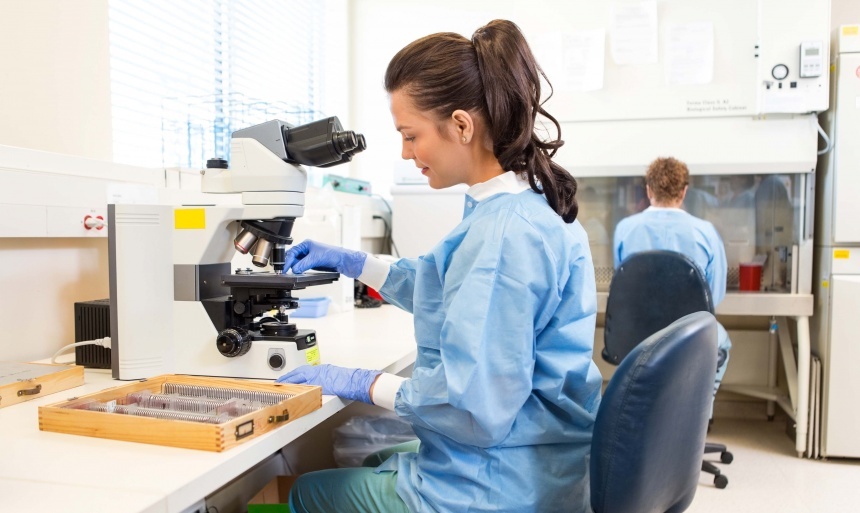
The conclusion is based on various pathologies of nuclear structures, cellular complexes, cytoplasm, and changes in the physiological nuclear-cytoplasm ratio.
Both methods are based on intravital analysis of a small area of tissue.For cytological analysis, a quantitatively smaller volume of the test material is required.Similarities of histological and cytological research:
- goal( determination of the presence of pathology);
- methodological basis( morphological analysis);
- painting methods before microscopy;
- object.
Principal differences of methods:
- relatively small amount of material in cytological analysis;
- high speed of material preparation in cytology;
- no need for specialized equipment.
When is a cytology required?
The analysis for "cytology" is taken if the biopsy is impossible or extremely undesirable for the patient.
Main indications:
- preventive examination( screening analysis);
- specification of the expected diagnosis( if suspected of pathology);
- specification of the diagnosis during surgery( with suspicion of malignant cell degeneration);
- Tracking dynamics during and after therapy;
- diagnosis of recurrences( periodic study of the material is required).
What material is used for cytological research?
For analysis, 3 types of material are used:
- exfoliative( liquid detachable, washings, scrapings, prints);
- punctate( obtained with an aspirating needle);
- prints of the surgical fragment removed from the surgery.
Urine, flushes obtained from endoscopy, sputum from mammary glands, scrapings from erosion sites, fingerprints of wounds, fistula or ulcerative lesions, amniotic and spinal fluid, etc. are most often used for microscopy, etc.
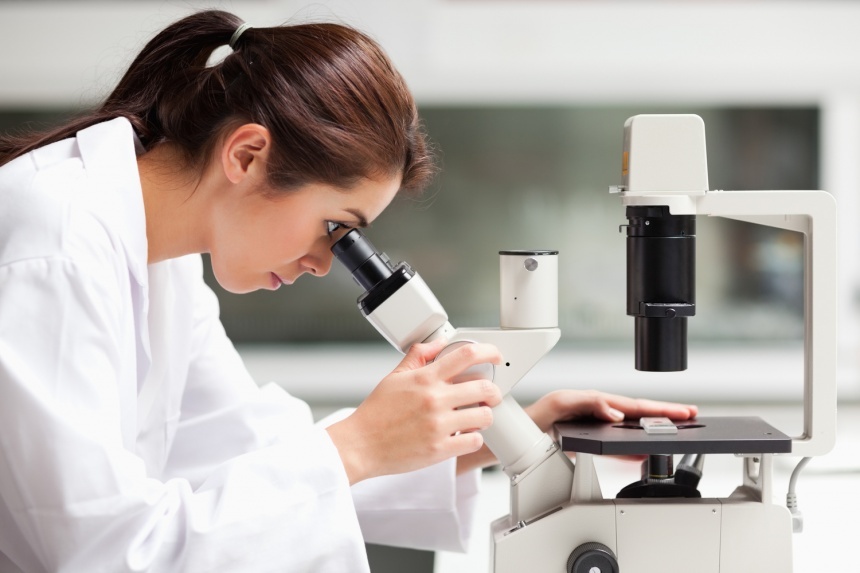 Important: Ophthalmic pathologies often require scraping from the surface of the cornea or the possibility of obtaining a vitreous fluid from the vitreous aspiration needle. If suspicion of the pathology of the organs of the male reproductive system is required punctata from the testes and the prostate.
Important: Ophthalmic pathologies often require scraping from the surface of the cornea or the possibility of obtaining a vitreous fluid from the vitreous aspiration needle. If suspicion of the pathology of the organs of the male reproductive system is required punctata from the testes and the prostate.
The downside of the cytological analysis is the ability to evaluate morphological changes in a very limited area of the tissue, which somewhat reduces the diagnostic value of the procedure.When manufacturing a smear for microscopy, spatial relationships of tissue elements often change, which is not observed in the histological section.
Note: if it is necessary to accurately identify the interposition of cellular elements and intercellular fluid, preference should be given to histological examination.
Cytological examination is often used directly during the operation, when there is a need to urgently solve the primary diagnostic problems.It is necessary, in particular, if it is necessary to determine whether the malignant tumor has germination in adjacent tissues, or whether there are secondary foci( metastasis).

This type of laboratory test is especially important if the surgeon has to deal with small or loose pathological foci, of which it is problematic to prepare a complete histological preparation in a short time.
Important: The procedure provides an opportunity to identify oncological diseases at an early stage and choose the best method of disease management.
Reliability of the cytology study
The degree of confidence in the analysis of cell structures directly depends on the sensitivity and specificity of the method, as well as strict compliance with the technology.
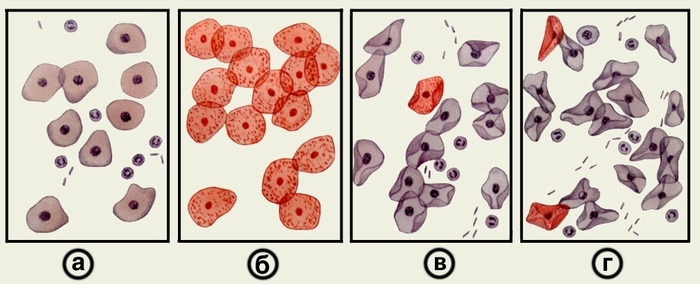
Today the reliability of test results is significantly improved due to the following methods:
- cytospectrophotometry;
- Caryometry;
- cytometry;
- immunocytochemical tests;
- mathematical methods.
Such innovative methods as luminescence, polarization and phase-contrast microscopy have also been used.
Plisov Vladimir, medical reviewer

